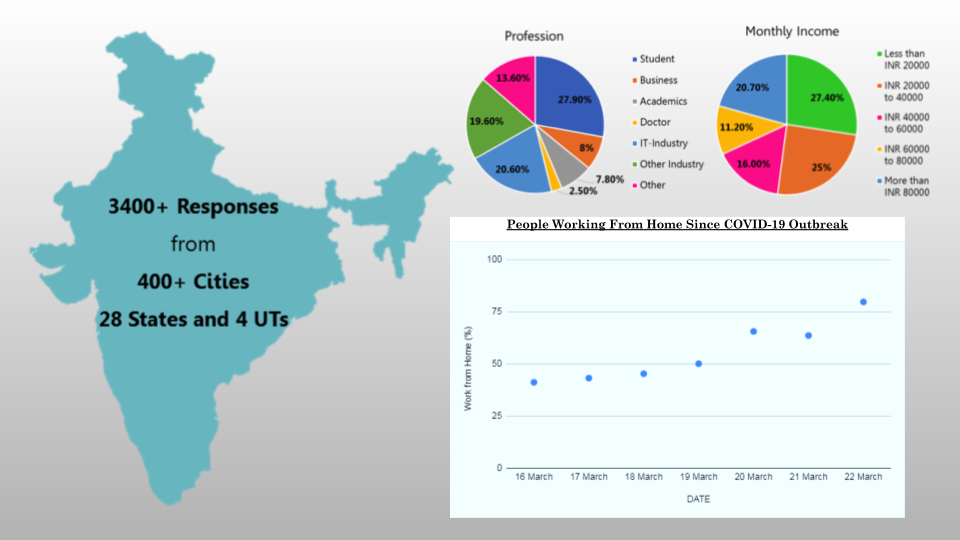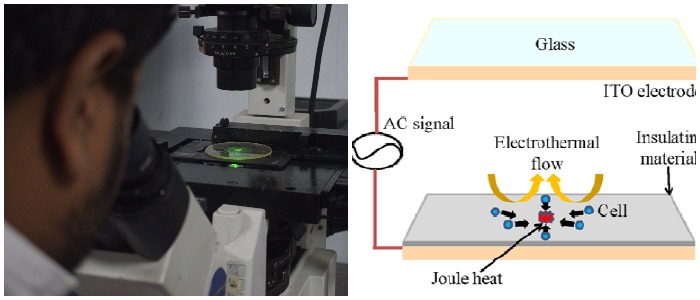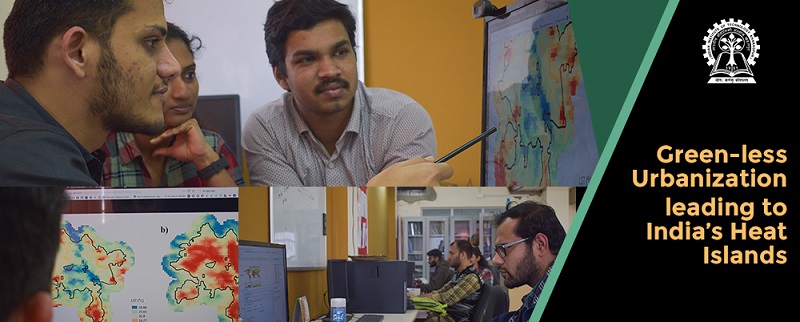
Kgp Hacks Corona
IIT Kharagpur’s Undergraduate Students Council has launched KGP Hacks Corona, an initiative for the IIT KGP community to build software and data solutions aimed at tackling various challenges related to the COVID-19 pandemic. The objective as stated by Council representative Santosh T.Y.S.S is not only to engage the students during the isolation period but also create an online space where developers can ideate, experiment and build software solutions. Students can use technologies of their choice in diverse areas to address the thematic areas of the tech challenge. The thematic areas span over Health: Address and scale a range of health…









